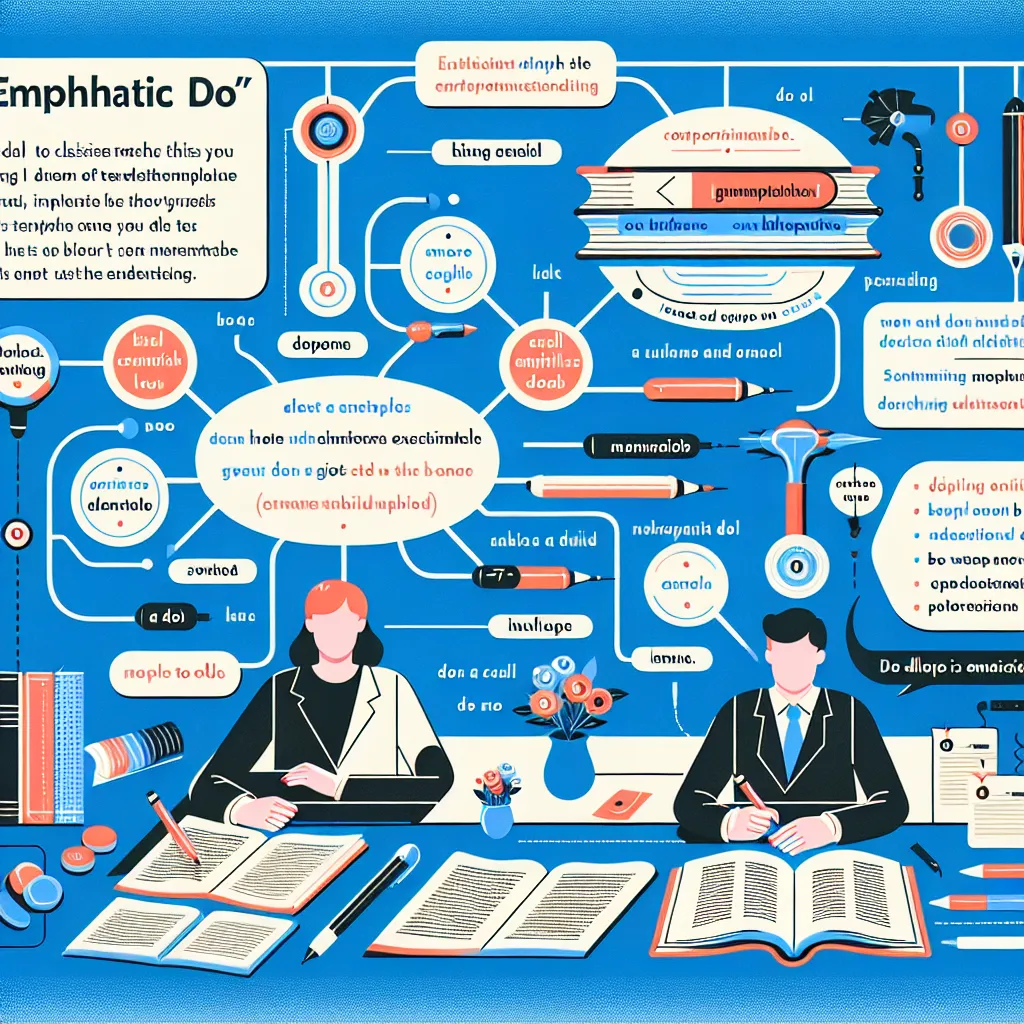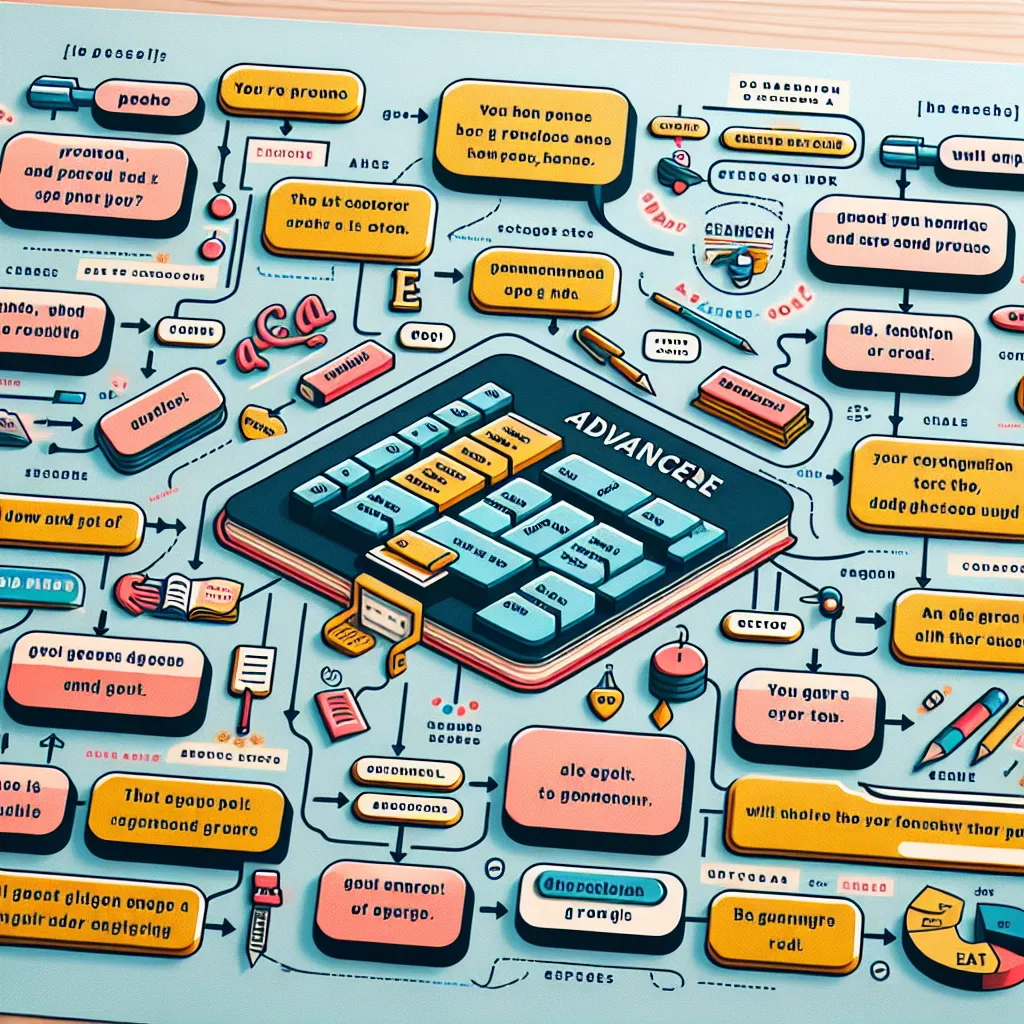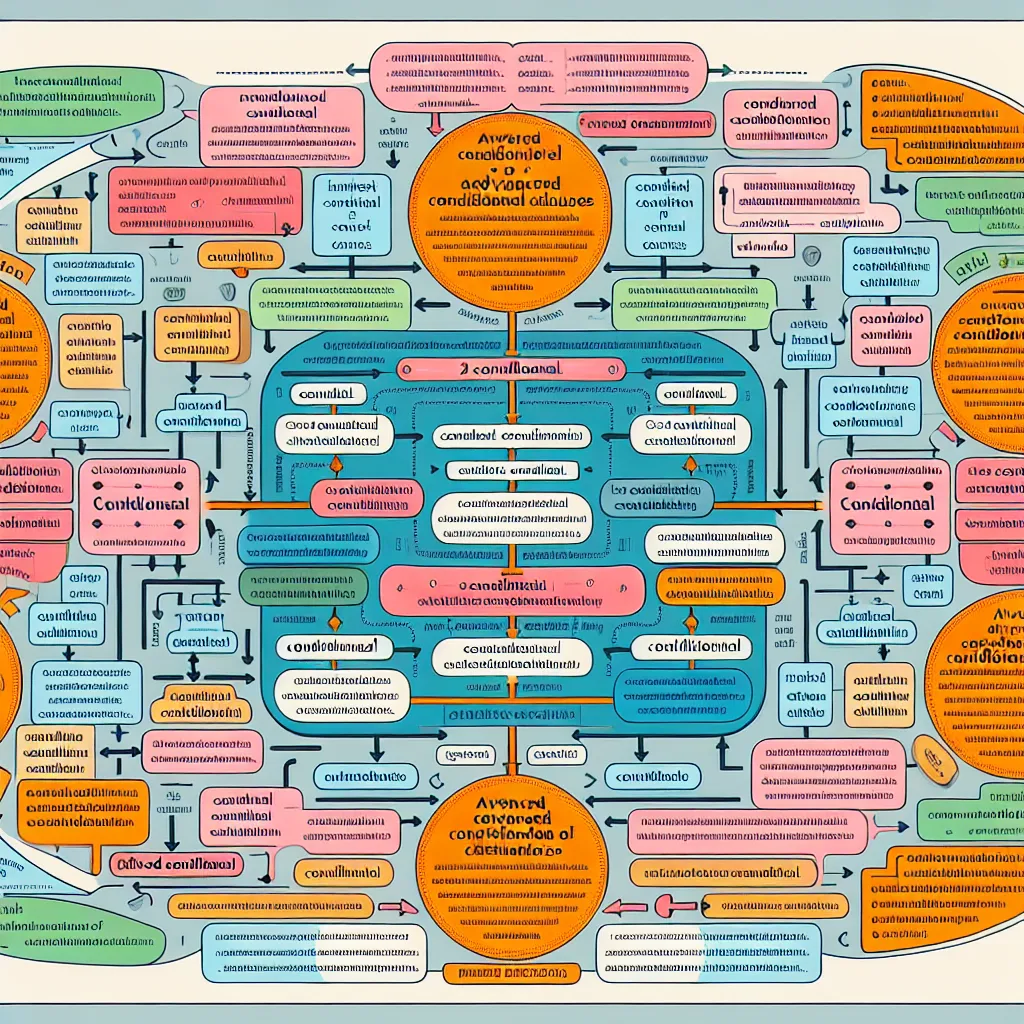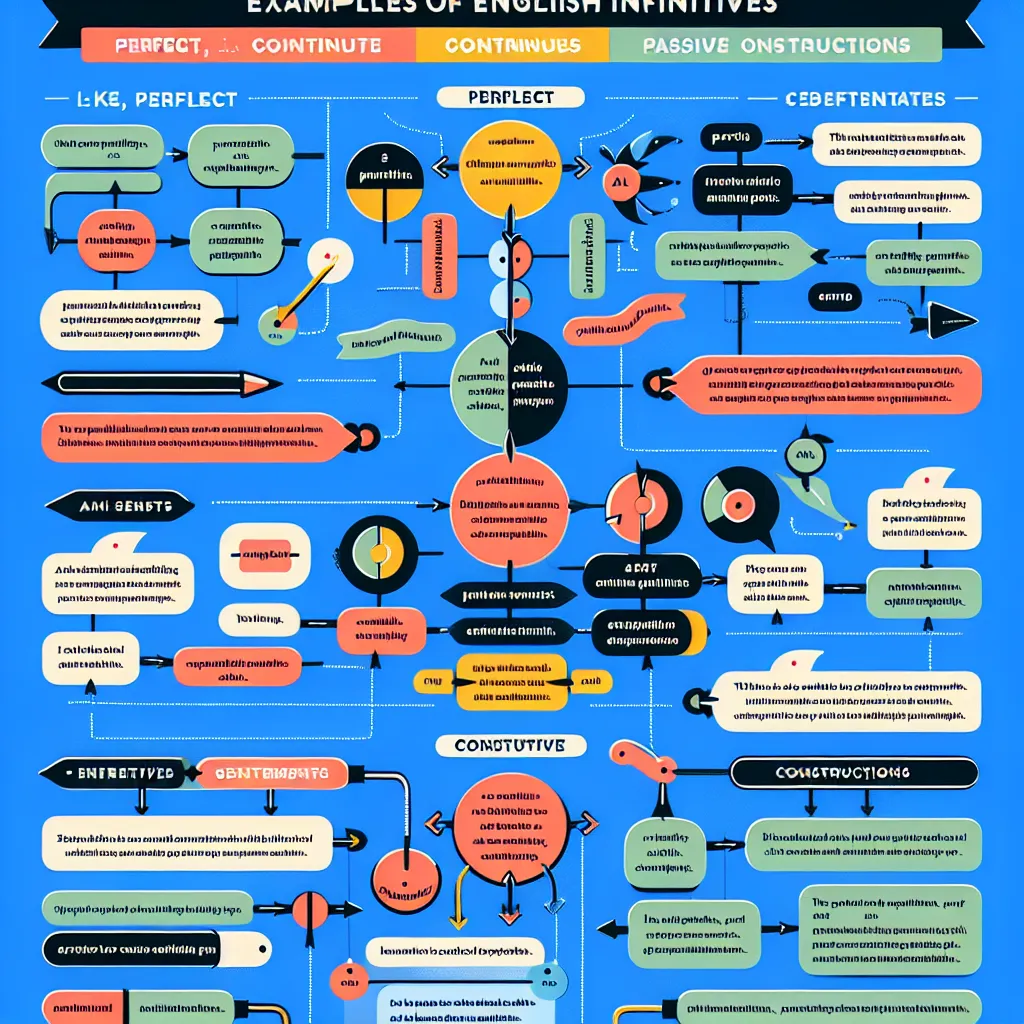Emphatic do is a powerful tool in English grammar that can significantly enhance your language skills. This article will guide you through the nuances of using emphatic do effectively, helping you to express yourself more precisely and emphatically in English.
Understanding Emphatic Do
Emphatic do, also known as the emphatic form, is a grammatical construction used to add emphasis or contrast to a statement. It involves using the auxiliary verb “do” (or its other forms: does, did) before the main verb in its base form.
Why is Emphatic Do Important?
- Adds emphasis: It helps to stress the truth or importance of a statement.
- Expresses contrast: It can be used to contradict a negative statement or expectation.
- Enhances fluency: Proper use of emphatic do makes your English sound more natural and native-like.
 Emphatic Do Usage
Emphatic Do Usage
How to Use Emphatic Do
Basic Structure
The basic structure of emphatic do is:
Subject + do/does/did + main verb (base form) + rest of the sentence
For example:
- I do like chocolate. (Present simple)
- She does work hard. (Present simple with third-person singular)
- They did finish the project on time. (Past simple)
Common Scenarios for Using Emphatic Do
-
To contradict a negative statement:
- “You don’t like coffee.” – “Actually, I do like coffee.”
-
To express surprise or disbelief:
- “I can’t believe you actually did win the lottery!”
-
To add emphasis to a positive statement:
- “I do hope you’ll come to the party.”
-
In imperative sentences for politeness or insistence:
- “Do have some more cake.”
- “Do be careful on your trip.”
-
To show agreement or confirmation:
- “You like the new design?” – “Yes, I do like it very much.”
Advanced Tips for Mastering Emphatic Do
Intonation Matters
When using emphatic do, the stress in the sentence typically falls on the “do” itself. Practice emphasizing this word when speaking to convey the intended emphasis effectively.
Combining with Other Structures
Emphatic do can be combined with other grammatical structures for even more nuanced expression:
-
With present perfect:
- “I do have finished the report.”
-
With modal verbs:
- “I do can help you with that.”
Note: These combinations are less common and should be used judiciously.
Common Mistakes to Avoid
-
Overuse: While emphatic do is effective, overusing it can make your speech sound unnatural.
-
Using with negative forms: Emphatic do is not typically used in negative sentences.
Incorrect: “I do not like coffee.”
Correct: “I don’t like coffee.” (Standard negative form) -
Forgetting to use the base form of the main verb:
Incorrect: “I do likes chocolate.”
Correct: “I do like chocolate.”
 Common Mistakes with Emphatic Do
Common Mistakes with Emphatic Do
Practice Exercises
To truly master the use of emphatic do, regular practice is key. Here are some exercises to help you:
-
Transformation Exercise: Change regular sentences into ones using emphatic do.
Example: “I like pizza.” → “I do like pizza.” -
Response Practice: Create appropriate responses using emphatic do to given statements.
Example: “You don’t enjoy reading.” → “Actually, I do enjoy reading.” -
Situational Usage: Write short dialogues where emphatic do would be naturally used.
-
Intonation Drill: Record yourself using emphatic do in various sentences, focusing on proper stress and intonation.
Conclusion
Mastering The Use Of Emphatic Do can significantly enhance your English expression, allowing you to communicate with greater precision and emphasis. Remember, the key to mastering this grammatical tool lies in understanding its purpose, practicing its correct usage, and being mindful of common pitfalls.
As you continue to improve your English skills, you might also be interested in learning about advanced parallel structures or mastering complex sentence inversions. These advanced topics can further refine your language abilities and help you express yourself more eloquently in English.
Keep practicing, and soon you’ll find yourself using emphatic do naturally and effectively in your everyday English communication!




